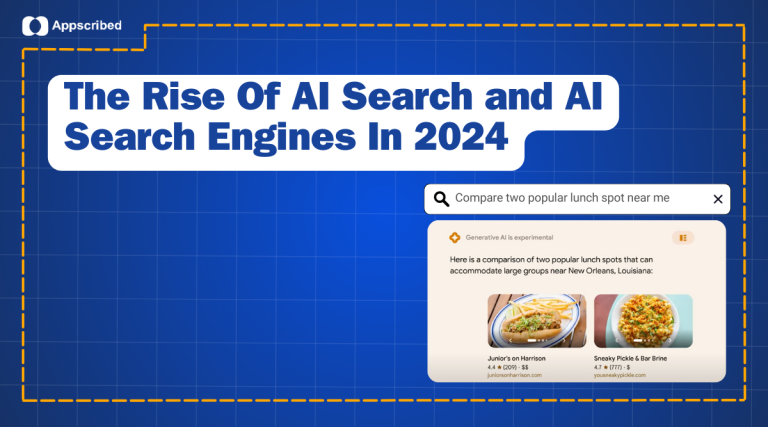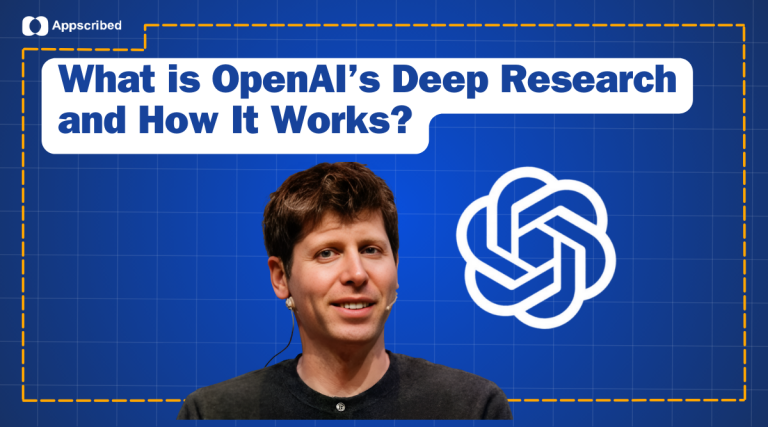As you explore OpenAI’s ChatGPT options in the new ChatGPT user interface or as a developer, you might be wondering about the differences between ChatGPT-4 (labeled as the “Legacy Model”) and GPT-4o, the newer model. Both are designed to assist with a range of tasks, from simple queries to complex discussions, but they cater to different needs.
In this practical guide we will explore in-depth use case based comparison, features, pricing, free and paid accessibility of ChatGPT-4 and 4o to help you decide which model suits your requirements best.
Overview of ChatGPT-4
ChatGPT-4 is known for its depth and detail, making it ideal for users who need thorough, nuanced conversations or those who work on complex tasks requiring extensive context.
Key Features of GPT-4
- Deep Contextual Understanding: Excelling in handling detailed discussions and retaining context over longer sessions.
- Enhanced for Complexity: Particularly suited for academic, professional, or research-oriented tasks.
- Subscription Access: Available exclusively to ChatGPT Plus subscribers, ensuring dedicated server access and fewer interruptions.
Overview of GPT-4o
GPT-4o, on the other hand, is optimized for speed and efficiency, making it a great choice for users looking for quick answers or engaging in casual conversations.
Key Features of GPT-4o:
- Fast and Efficient: Designed to deliver quick responses, ideal for rapid interactions or when you need immediate information.
- Multimodal Capabilities: Advanced in understanding and generating responses based on both text and images, suitable for a broader range of queries.
- Broader Accessibility: Available to both free and Plus users, with Plus users benefiting from extended limits.
Use Case-Based Comparison
Coding Tasks
ChatGPT-4 for Coding Tasks
- Deep Understanding: ChatGPT-4’s sophisticated understanding makes it well-suited for handling complex coding problems, algorithm design, or learning new programming concepts.
- Long-form Interaction: This model can maintain longer conversational threads, which is helpful when debugging or iterating over code with detailed explanations.
- Context Retention: It’s particularly useful for sessions that require maintaining state or context over longer interactions, such as developing a project through multiple steps.
GPT-4o for Coding Tasks
- Speed: GPT-4o is optimized for faster responses, which is advantageous when you need quick answers to straightforward coding queries or simple debug suggestions.
- Efficiency: For casual coding, like quick fixes or generating code snippets, GPT-4o’s efficient processing can provide faster turnaround.
- Multimodal Interactions: If the coding task involves visual data or requires interaction with images (e.g., commenting on code structure visualized as a flowchart), 4o’s multimodal capabilities can be particularly useful.
Choosing the Right Model for Coding
- Choose GPT-4 if your coding tasks are complex, require deep technical insights, or you’re working on projects that need context over an extended conversation.
- Opt for GPT-4o if your tasks are more about quick fixes, learning in short bursts, or when you need rapid responses for simpler coding issues.
Research and Writing
- ChatGPT-4: Designed for long-form writing, research articles, and creating structured content. It excels in handling large volumes of information and can reference previous conversation threads, making it ideal for academic work or professional reports.
- GPT-4o: While it can handle writing tasks, its strength lies in speed. It’s best for short-form content, brainstorming, or rapid information retrieval rather than deep dives.
Casual Conversations and Chatting
- ChatGPT-4: Provides more thoughtful and nuanced responses, making it better for deep conversations or when you need answers that consider various perspectives.
- GPT-4o: Perfect for quick, casual chats. It offers fast responses and handles short exchanges efficiently, making it better for day-to-day queries.
Image Recognition and Visual Tasks
- ChatGPT-4: Can handle images, but it’s slower in processing and generating responses when visuals are involved.
- GPT-4o: Specializes in multimodal capabilities and can interpret images faster. Ideal for tasks like image recognition, analysis, or combining text and visuals.
ChatGPT-4 vs 4o: Feature Comparison
| Feature | ChatGPT-4 | ChatGPT-4o |
|---|---|---|
| Multimodal Capabilities | Handles both text and images but slower | Optimized for fast image and text interpretation |
| User Interface | Supports advanced custom GPTs, longer interactions | Simple, fast, suitable for casual use |
| Memory | Retains context over longer conversations, remembers preferences | Limited memory retention, resets frequently |
| Speed | Slower, more deliberate responses | Optimized for speed, quick responses |
| Custom GPTs | Available for creating tailored models | Not available to free users |
Pricing Comparison
| Model | Pricing | Availability |
|---|---|---|
| ChatGPT-4 | $20 per month (ChatGPT Plus Plan) | Available for Plus users |
| ChatGPT-4o | Free with usage limits for free users | Available to all users (free and paid) |
- ChatGPT-4 is accessible through the ChatGPT Plus subscription plan for $20 per month. This subscription gives you higher usage limits, faster response times, and priority access to advanced features like voice interaction and multimodal capabilities.
- GPT-4o is available for free-tier users but comes with query limits (e.g., 10 queries per 5-hour block). Plus users have access to more queries, offering a balance between cost and performance.
- Also, GPT-4o Mini is designed as a lightweight version of GPT-4o, offering a more cost-effective solution for developers and businesses looking for fast, accurate language and vision processing.
Accessibility: API, Tokens, and Playground Availability
ChatGPT-4
- API: Available through OpenAI’s API platform, giving developers the ability to integrate the model into their apps or workflows.
- Tokens: Supports larger token windows, making it better for tasks that involve processing longer conversations or documents.
- Playground: Accessible in OpenAI’s Playground for users to experiment with various tasks, making it easier to test out prompts before applying them in a full project.
GPT-4o
- API: Also available via OpenAI’s API, but is designed to offer faster responses, making it suitable for real-time applications where speed is critical.
- Tokens: While not as large as GPT-4, GPT-4o supports a sufficient number of tokens for most everyday tasks.
- Playground: Like GPT-4, GPT-4o can be accessed through the Playground, allowing users to explore its capabilities in both text and image-based prompts.
Also Read: Stable Diffusion 3 vs Flux 1: An In-Depth Comparison
Conclusion
When choosing between ChatGPT-4 and GPT-4o, your decision will depend on the nature of your tasks:
- ChatGPT-4 is the go-to option for users who need in-depth conversations, advanced coding help, or longer research projects where the AI needs to remember past interactions.
- GPT-4o, on the other hand, excels in speed, image recognition, and multimodal tasks. It’s ideal for users who want quick, reliable results, particularly in day-to-day or casual use scenarios. Plus, it’s accessible to both free and paid users, making it a versatile tool for those who want to experience advanced AI without committing to a subscription.
Both models have their strengths, so it’s essential to choose based on whether you need detailed, context-rich interactions or faster, more agile responses.













